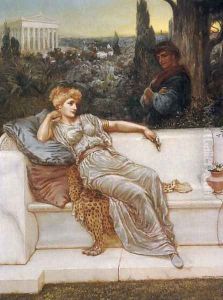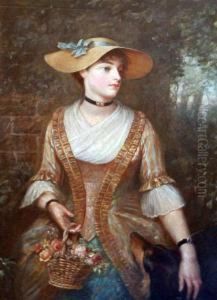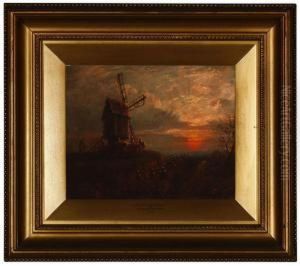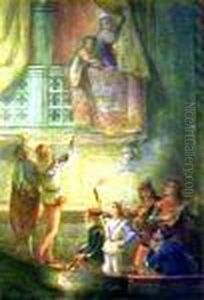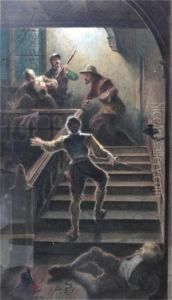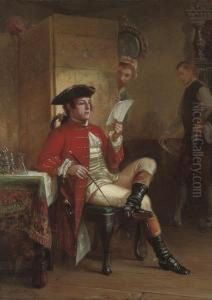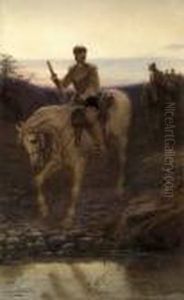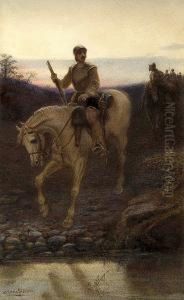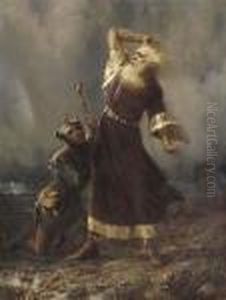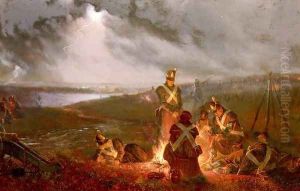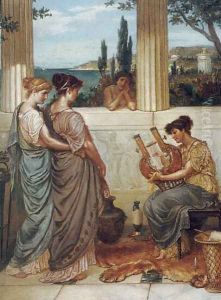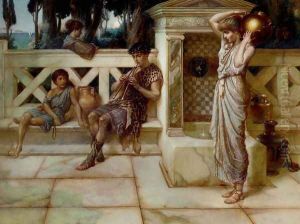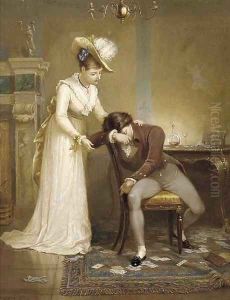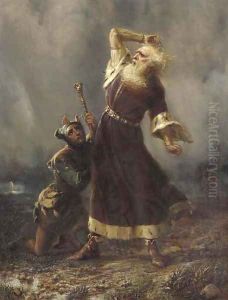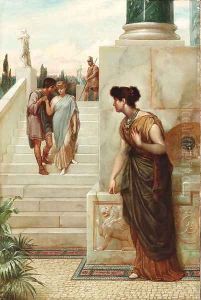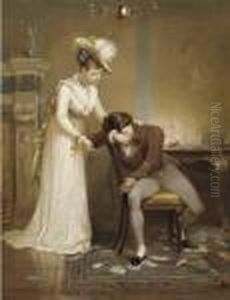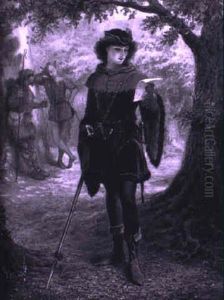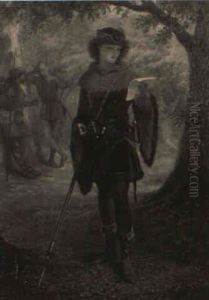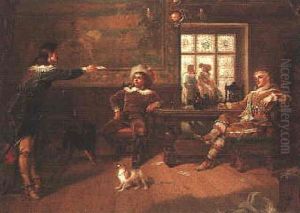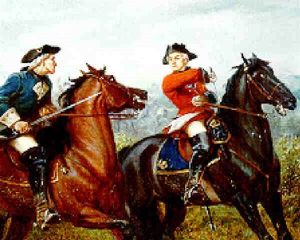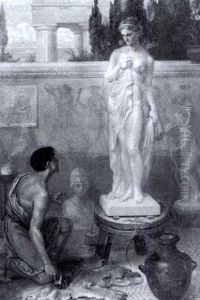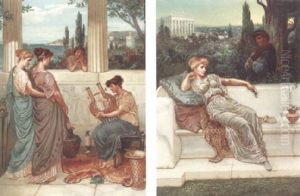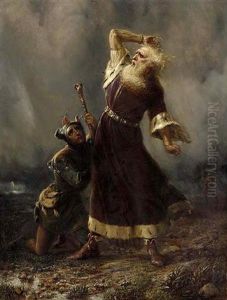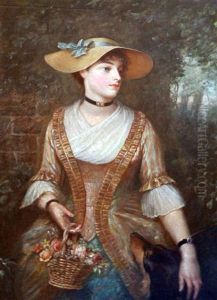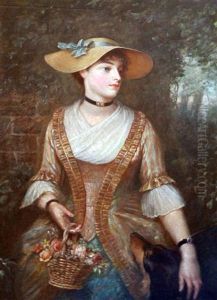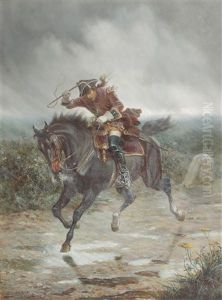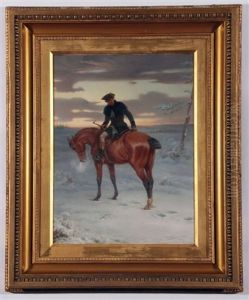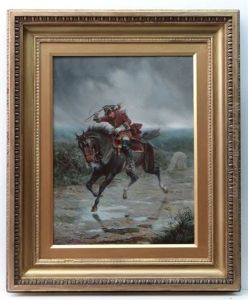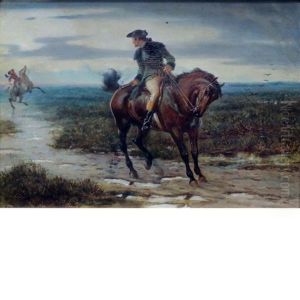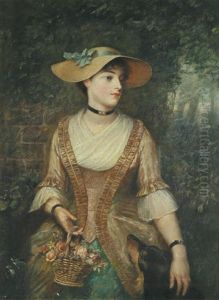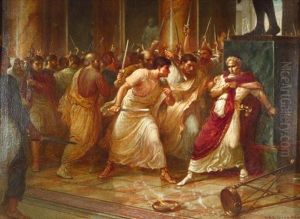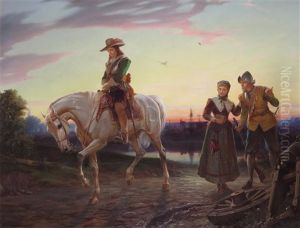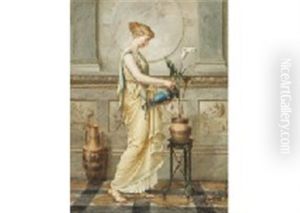William Holmes Sullivan Paintings
William Holmes Sullivan was an English painter known for his watercolor landscapes and subject pictures. Born in 1852, Sullivan developed an affinity for the arts at a young age. He attended the South Kensington School of Art in London, which was a leading institution for art and design that later became the Royal College of Art. Sullivan's education there allowed him to refine his skills in drawing and painting, setting the foundation for his future career.
Sullivan's work was influenced by the Pre-Raphaelite Brotherhood, a group of English painters, poets, and critics founded in 1848 who aimed to reform the art by rejecting the mechanistic approach that had come to dominate the industrial age. They sought a return to the abundant detail, intense colors, and complex compositions of Quattrocento Italian and Flemish art. While Sullivan was not a member of the Brotherhood, the movement's emphasis on vivid detail, nature, and historical themes can be seen in his paintings.
Sullivan exhibited his works at various institutions, including the Royal Academy and the Royal Watercolour Society. His art often depicted the British landscape and rural scenes, showcasing his mastery of watercolor to capture the varying effects of light and atmosphere. Sullivan was particularly adept at portraying the changing seasons within the English countryside, a subject that appealed to Victorian sensibilities at the time.
Despite his talent, William Holmes Sullivan did not gain the same level of fame as some of his contemporaries. Nevertheless, his paintings remain a testament to the skill and aesthetic of late Victorian watercolorists. Sullivan's contribution to English art continued until his death in 1908, after which his works were appreciated by collectors and art enthusiasts who valued the quiet beauty and technical proficiency of his landscapes and subject paintings.
